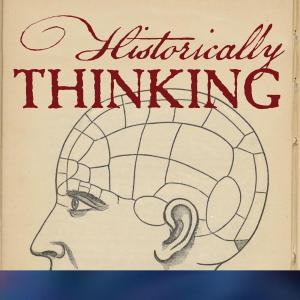Historically Thinking

Episode 379: Philadelphia
It is no longer the largest city in America, or the second largest, or even the fifth largest, but there are still those of us who love it. While modern American cities are all racially, ethnically, and religiously diverse, it has always been so, from before it was even a city. Modern American cities, simply because of size, are also stages for a variety of conflicts, and this city has from its beginning enjoyed a good conflict. Modern American cities boil with debates over planning and land use, and such debates have always been a part of its history; as has been a perennial American suspicion towards the very existence of cities. Modern American cities are also places where the past is paved over, and oddly enough, given the depth of its history, this city has also made a habit of forgetting its past. This city is Philadelphia. From before the founding of the city by William Penn, the region that would become Philadelphia was diverse, and also in conflict. Penn famously designed it to be a “green country town”, but that design has gone through many alterations and changes. And while Philadelphia hosts some of the most significant spots in American history, it has also been good at eliminating and forgetting its own history. With me to discuss the history of the city of Philadelphia, what makes it like other American cities, and what makes it different from them, is Paul Kahan. A historian and graduate of Temple University–the most Philadelphian of educational institutions–Paul Kahan is author most recently of Philadelphia: A Narrative History. It is his seventh book.






 Visit Podcast Website
Visit Podcast Website RSS Podcast Feed
RSS Podcast Feed Subscribe
Subscribe
 Add to MyCast
Add to MyCast